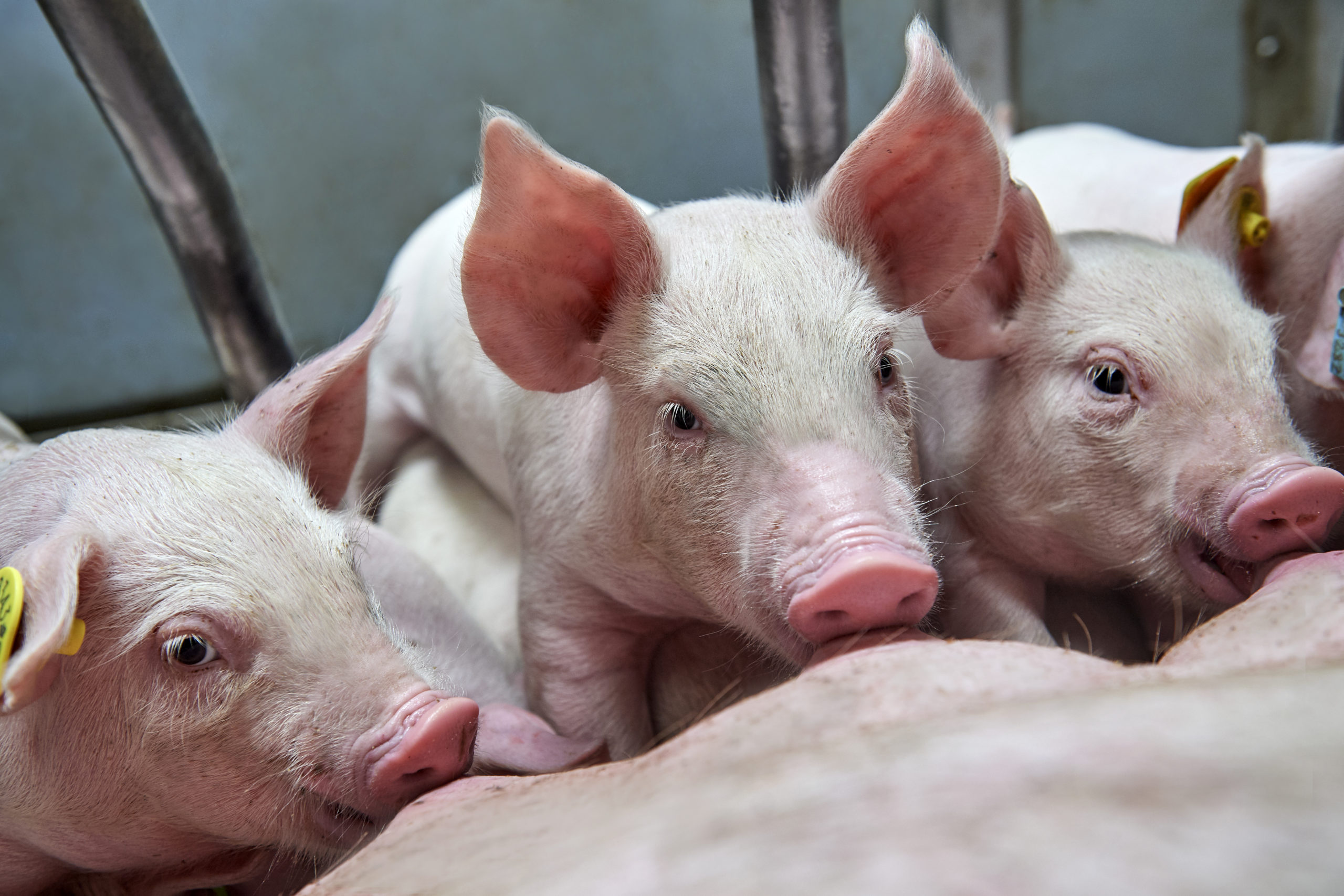Read in this article about important focus points according to moving pigs in the farm or loading trucks.
These recommendations are entirely the writer’s attitude and experience gained after experience working in pig farm, experience in controlling exports abroad and through with farmers and experience in handling animals as a veterinarian.
When working with animals, it is an interplay between animals and humans. Pigs are independent beings and therefore we as humans must motivate the animal to do what we want them to do. In a relocation situation we need to motivate the animal to move forward. We partly use the flight instincts of the animals by bothering the animal, but we also use the natural interest of the animals to investigate their environment.
Anyone who has worked with pigs, knows that it can be time-consuming if the conditions around the propulsion are not optimal or if the animals for some reason are fearful.
We need to make sure that there are as few obstacles on the walkways as possible to make the moving as smooth as possible. The propulsion will be delayed if animals want to examine elements in the walkways. Walkways must be arranged with as similar materials and colors as possible, as particularly fearful animals do not dare to walk over doorsteps or pass objects hanging on the wall.
THE DELIVERY RAMP
Unfortunately, we do not have the weather conditions at our disposal, but we can design the delivery ramps in such a way that neither light nor wind affects the animals’ motivation to move forward.
Animals might refuse to walk if the wind blows directly into their heads when they approach the gate. The delivery ramp should be designed with a roof and walls to shield against wind and sunlight which might also affect their motivation.
We can also use the light to motivate the pigs to go forward. If we turn off the light behind the pigs, they become more motivated to go forward towards the area that is illuminated. Appropriate lighting in the walkways give pigs a better opportunity for quick examination of the area and the propulsion is promoted.
The transition to the ramp on the truck may seem dangerous to some animals and therefore the loading proceeds best if the ramp is as horizontal as possible, thereby minimizing the risk of damage during loading as well. A sloping ramp should be designed with transverse elements that provide a good foothold when the animal is going up, but too large design might let them damage legs and hoofs.
WELL STARTED IS HALF COMPLETE.
The Danish saying applies very well when loading animals. The way we meet the animals when we enter the pen affects the whole move, because fear increases the adrenaline in the animals and makes them more alert and insecure.
The manner in which the staff approach and handle the animals on the delivery day matters, but it also matters how the pigs have been handled throughout their growth period. If pigs have experienced that humans are not dangerous, then they do not get so frightened when the staff enters the pen. High levels of adrenaline trigger poor decisions making and troubleshooting. The pigs sometimes cannot figure out which way to go and more easily start to panic and rush through drive plates or the like.
During propulsion, it is important to use the natural instinct of the pigs to follow the rest of the flock. It can be quite difficult to propel a single animal but moving a group of 4-5 is much easier. When the animals are driven forward, it is important to reserve appropriate time, so that hurrying the animals along is not necessary, as this more often means that particularly large pigs as gilts become more paralyzed and refuse to walk.
THE GOOD WORKING ENVIRONMENT
Consideration for the staff should also be a motivation for arranging drive areas so easy moving and loading occurs. The conditions for moving pigs should be as good as possible, to avoid agitation, bad decision making and frustration resulting in violent behavior towards the pigs. It is not only poor animal welfare, but certainly also poor working environment that an employee must be forced out there. In order to avoid tense situations, it is important to reserve appropriate time for the task. In a prospective study in strike marks on pigs by Agger et al. (2015) from the University of Copenhagen, the farmers themselves describe that they regret when the violent incidents occur but suggest that the situations can be avoided by always being two for the task, good space and several mention that it is important to have a good time and not get stressed when the driver is waiting at the truck.
Finally, it is strongly recommended to evaluate workflows about handling the pigs in general and review how workflows according to loading can be optimized, so it is neither a stressful situation for the animals or the staff. Take a look at the walkways from the pigs’ perspective and design the area with as less obstacles as possible.



